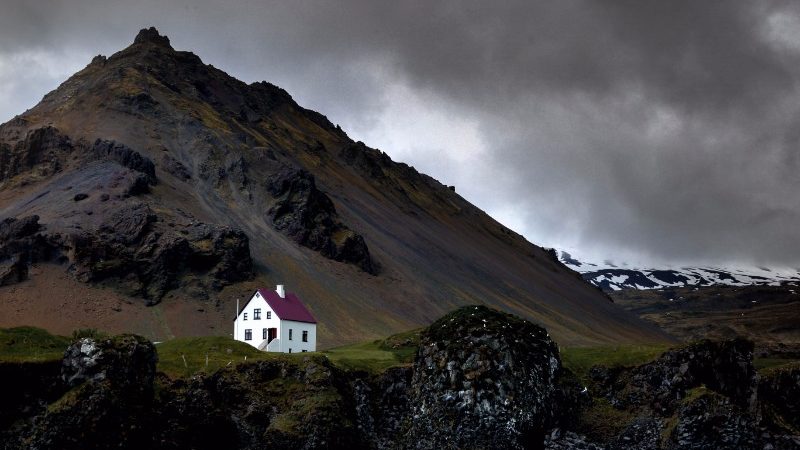




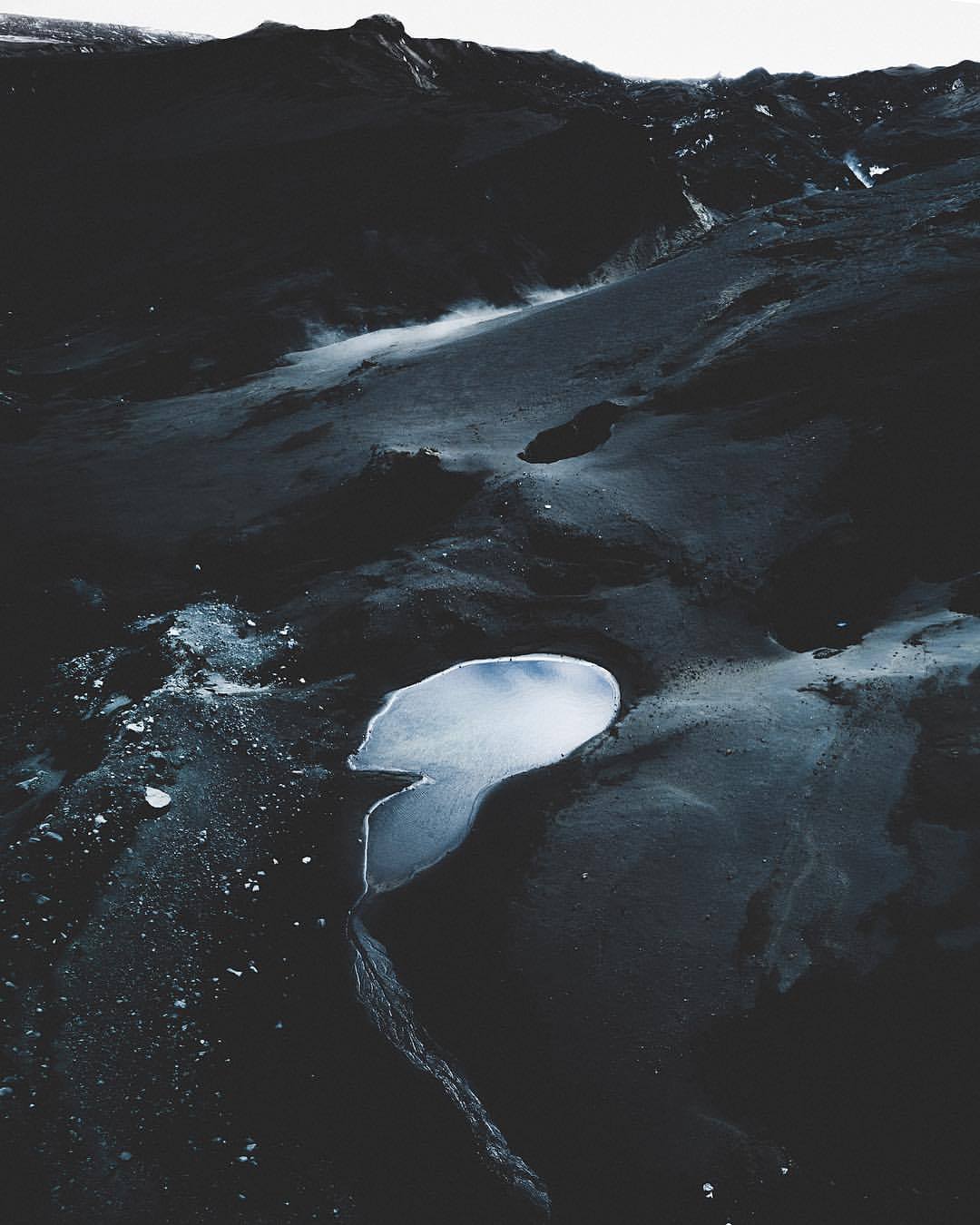

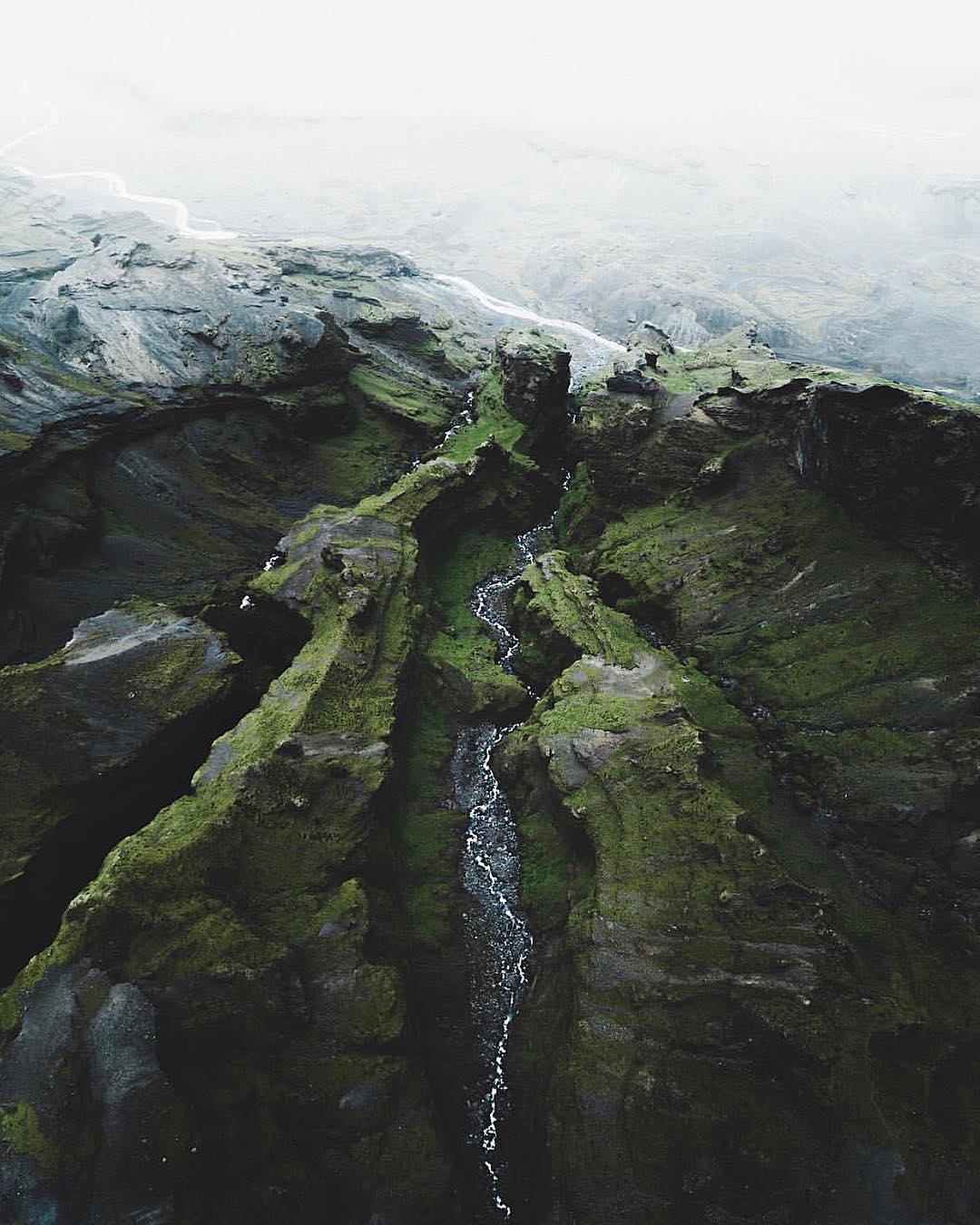
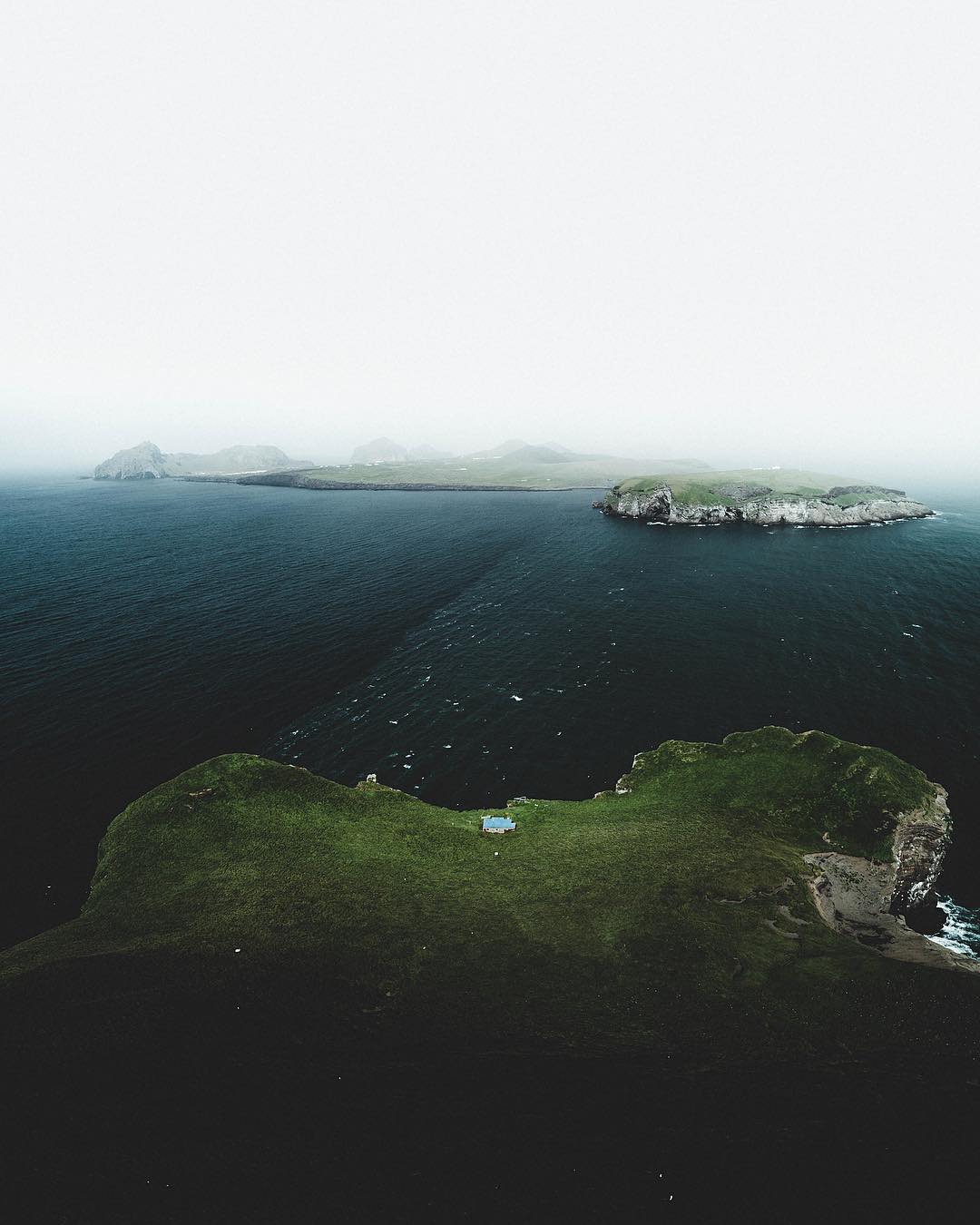
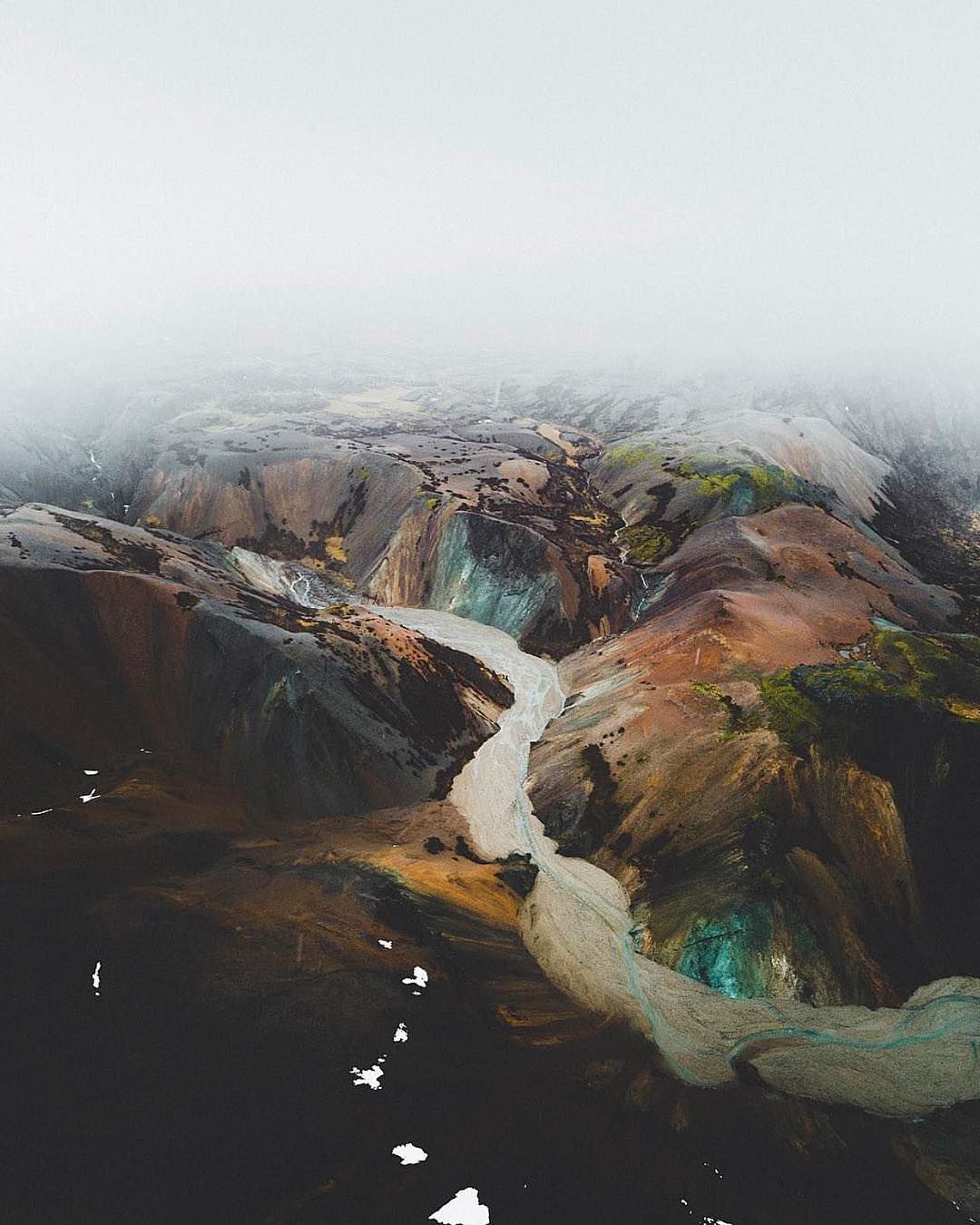

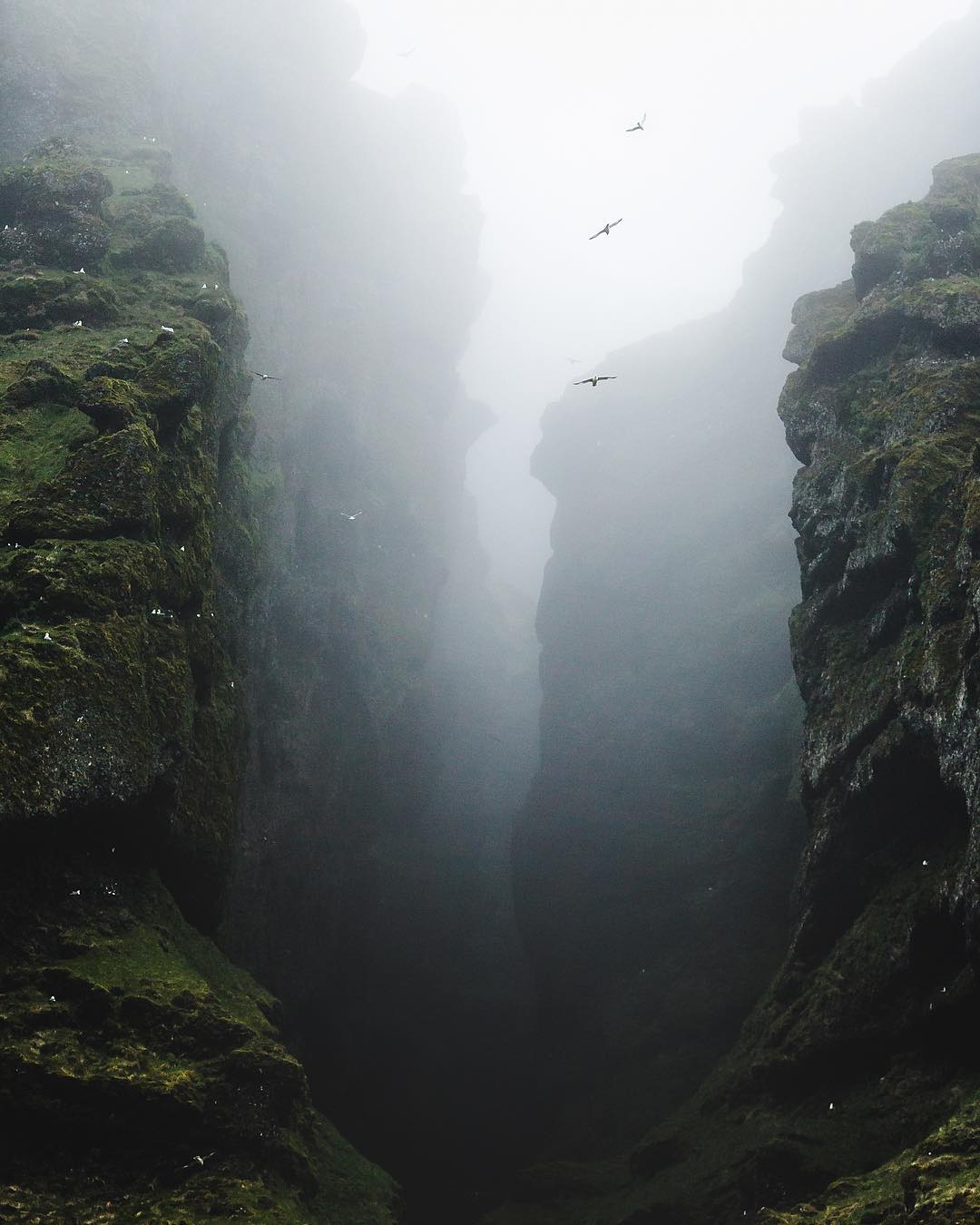
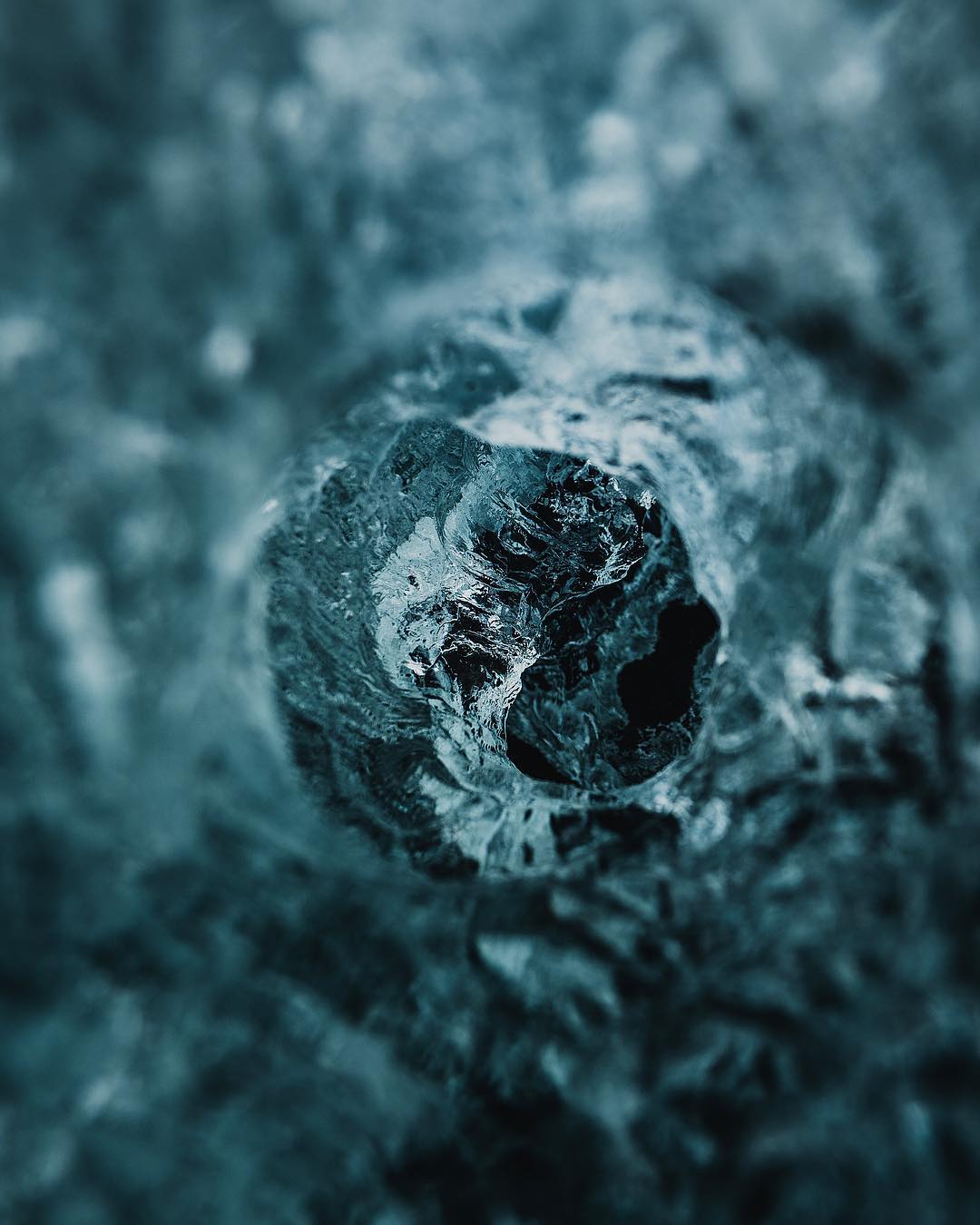
Into the core of an iceberg.
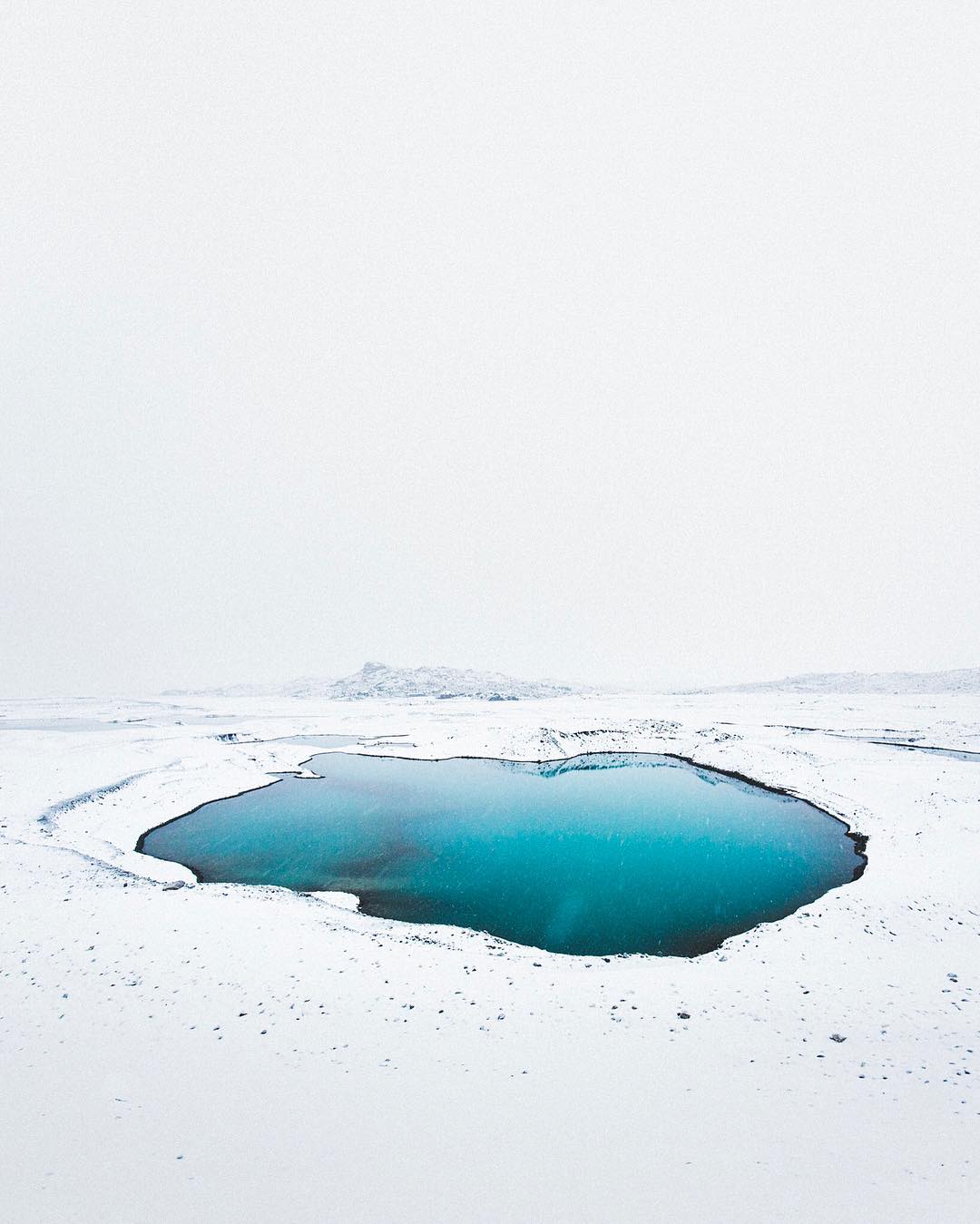
Blue glacial pools, contrasted against the snow along the southern edge of Breiðamerkurjökull
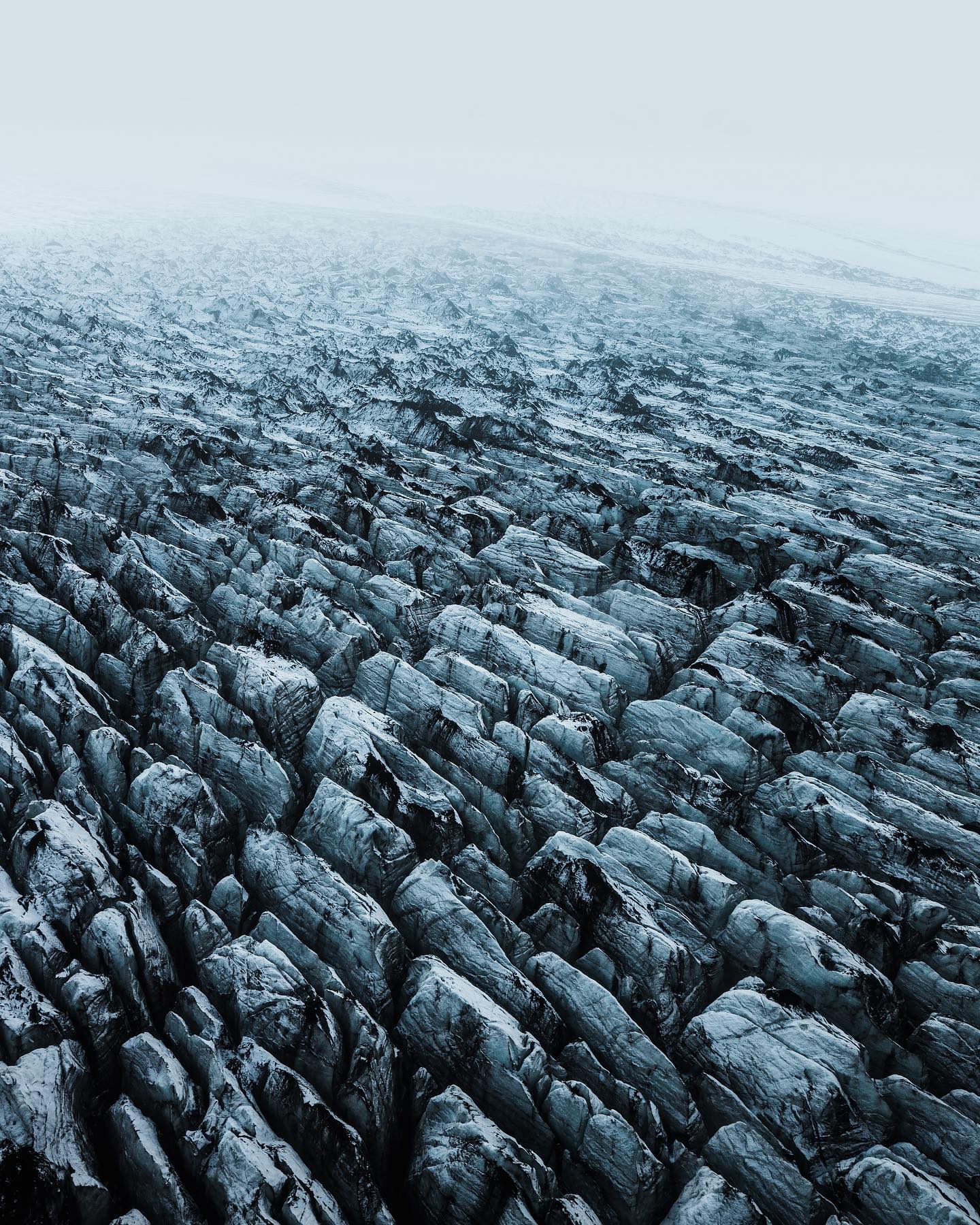
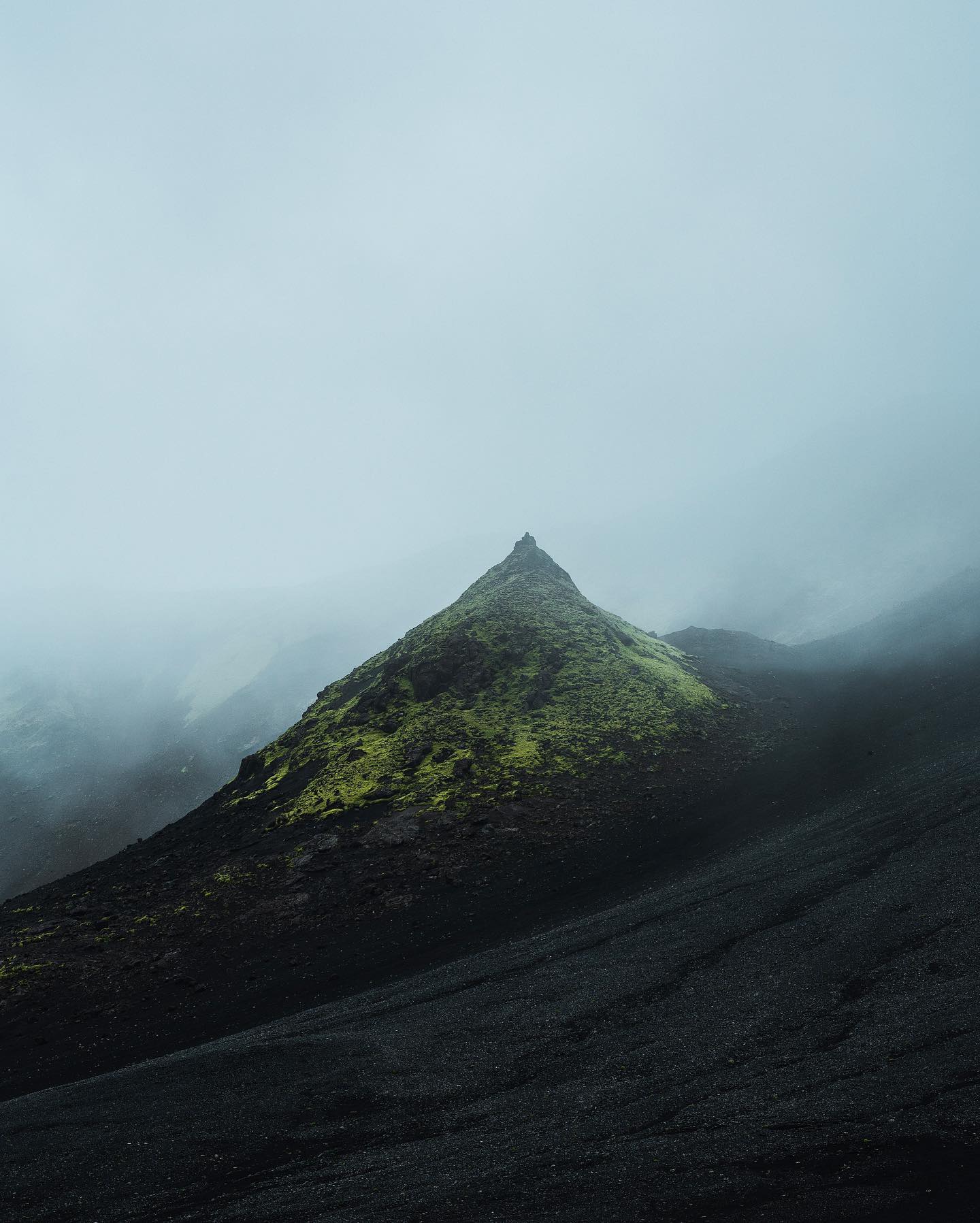
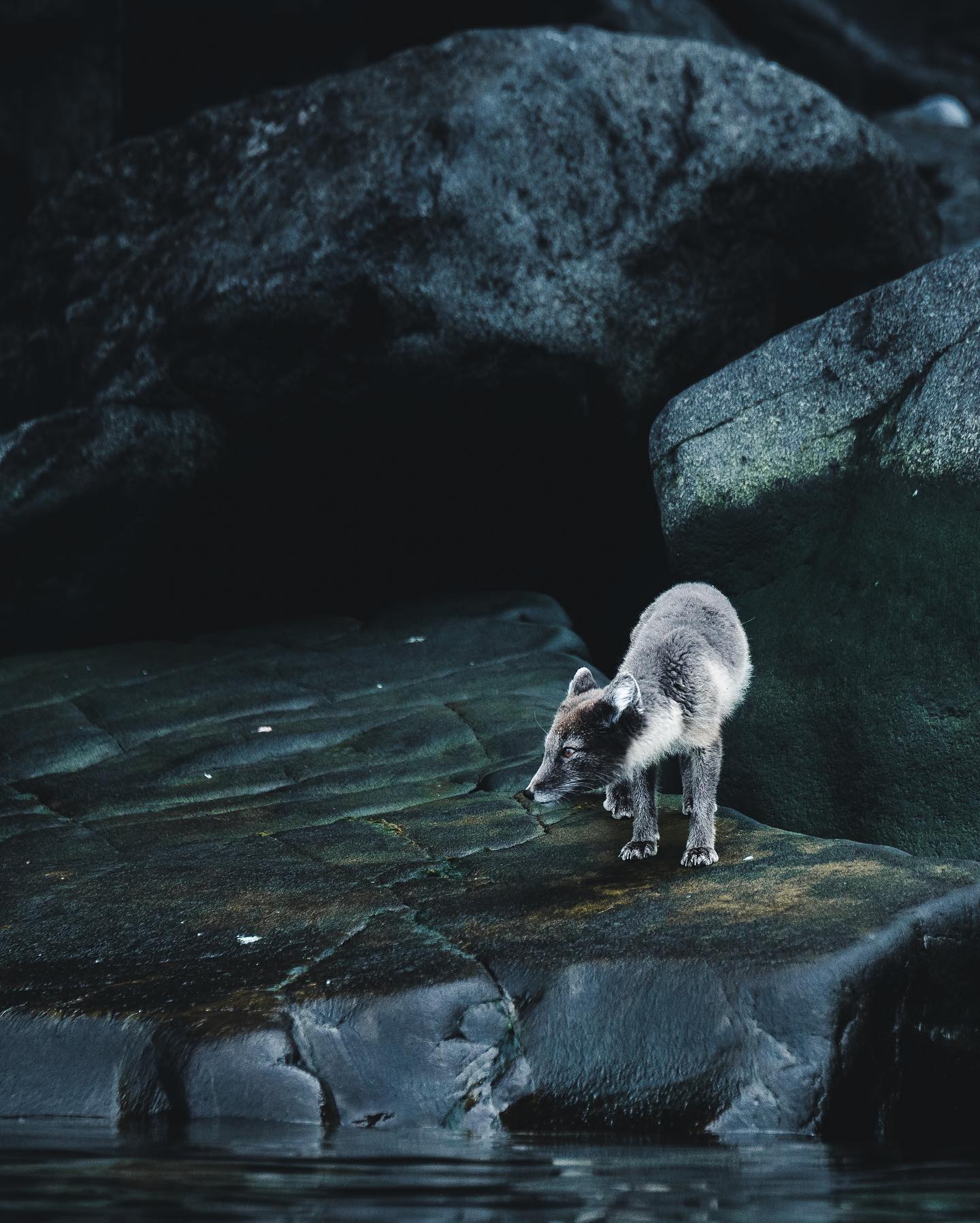
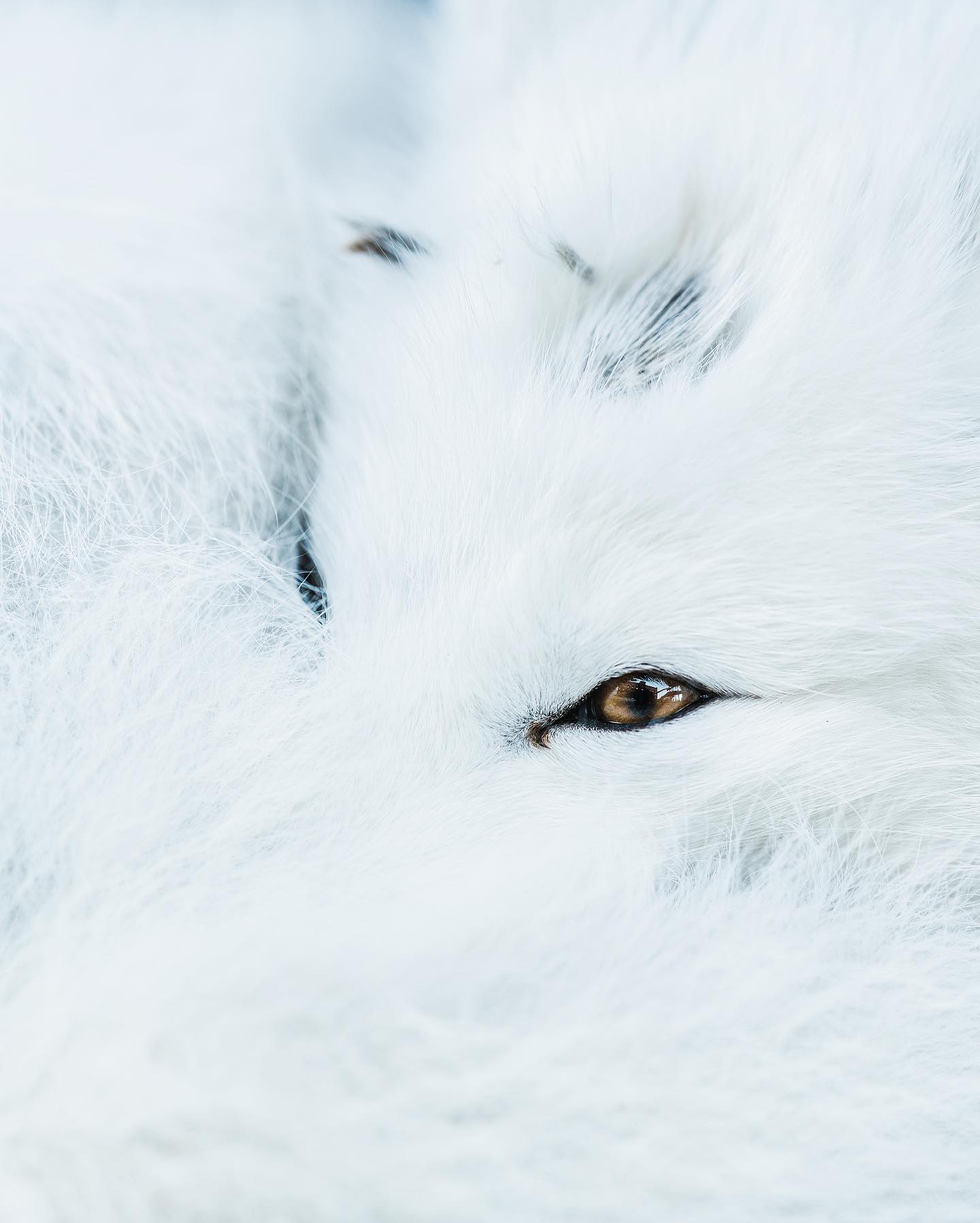
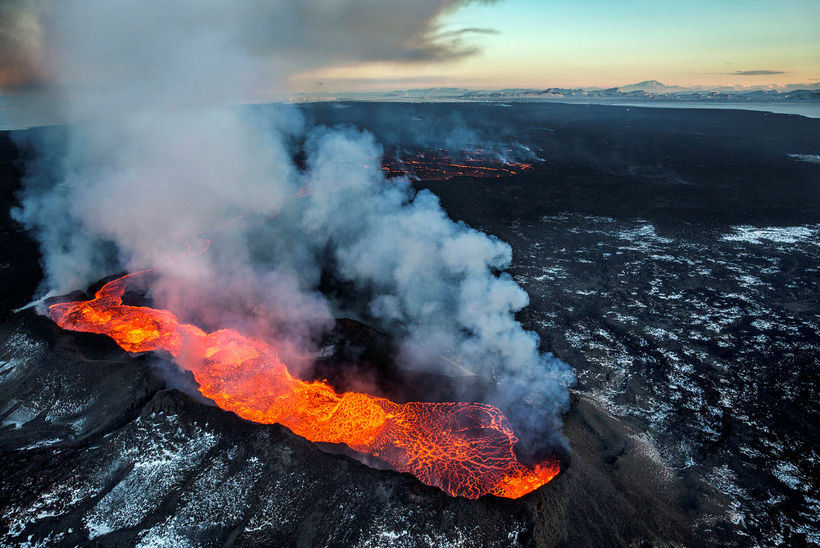
Holuhraun lava field, north of Vatnajökull glacier, will soon be used by scientists as a testing field for drones developed for exploration on Mars, mbl.is reports. NASA, the US space agency, has awarded USD 3.1 million to a team of scientists, led by Christopher Hamilton, at the University of Arizona’s Lunar and Planetary Laboratory, to develop drones that could explore previously inaccessible regions on Mars, news.arizona.edu reports. Testing of the rovers, dubbed RAVEN, short for Rover–Aerial Vehicle Exploration Networks, is expected to take three years. The volcanic terrain in Iceland is reportedly similar to some Martian terrains. The project was one of four selected by NASA out of 48 proposals competing for funding from its Planetary Science and Technology Through Analog Research program. Professor Hamilton will be leading a group of 20 scientists and engineers, headed for Iceland, to test this next-generation Mars exploration equipment. Drones are believed to be able to explore previously inaccessible areas on the red planet. The idea is that they serve as field assistants to a rover. So far NASA’s paradigm of planetary exploration has centered around four steps: flyby, orbit, land and rove.“With RAVEN, we’re adding ‘fly’ to that list,” Hamilton tells news.arizona.edu . “And not only that – the whole concept is really geared towards building new technology and procedures for two robots to work together on an extraterrestrial body. We are going to look at how a rover and a drone can work together to maximize the scientific output of such a mission.” Read More »